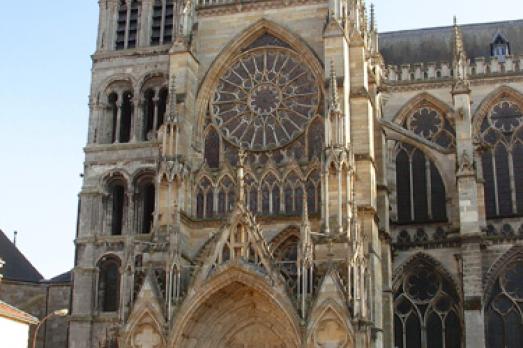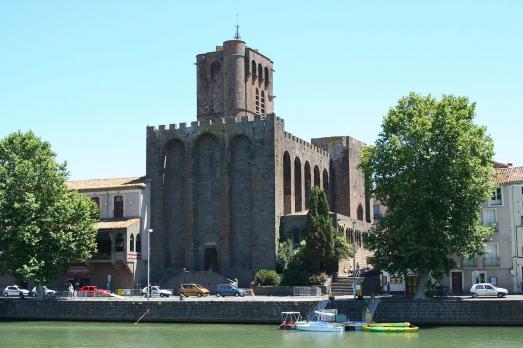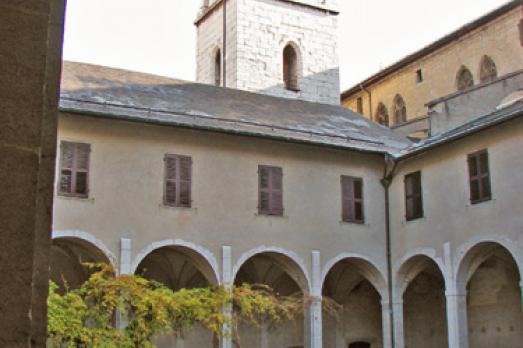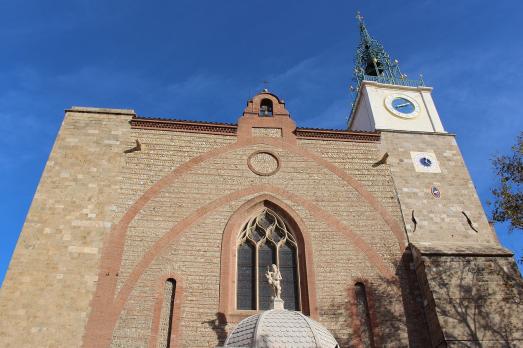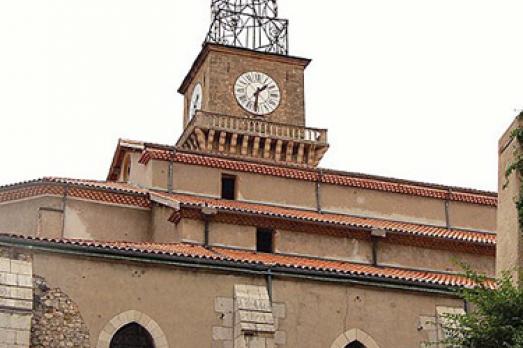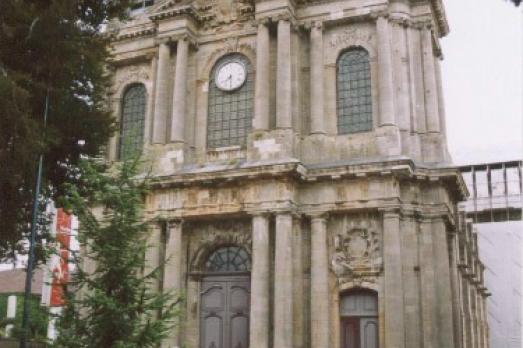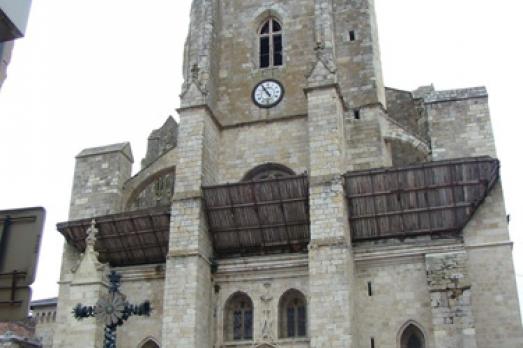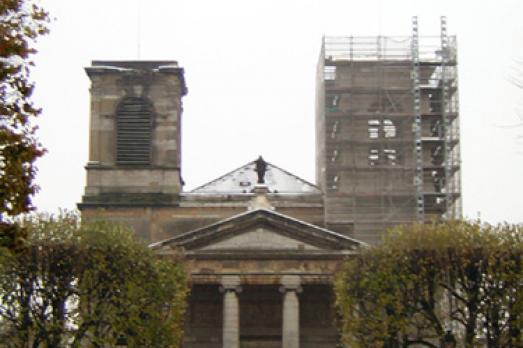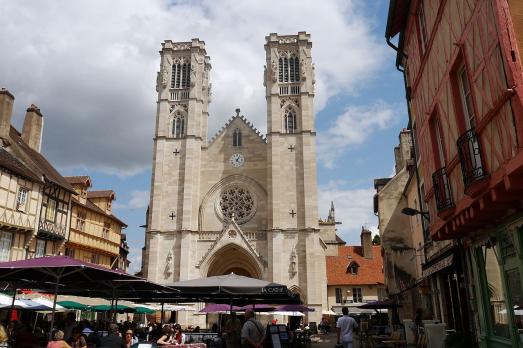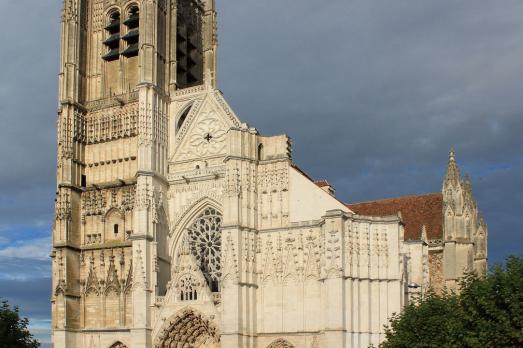
Cathédrale Saint-Étienne d'Auxerre
Auxerre, FR
Auxerre Cathedral was mainly built between 1215 and 1233, on top of an 11th-century crypt, but construction continued until the 1540s when the Renaissance-style dome replacing the spire at the top of the completed tower was completed. The most outstanding features of the cathedral are the Gothic choir from the first half of the 13th century, the stained glass windows from the 13th and 14th centuries, the particularly artistic apse chapel and ambulatory, the portals with remarkable statuary, three large rose windows and other windows from the 16th century, the transept facades, the crypt and the medieval frescoes.
